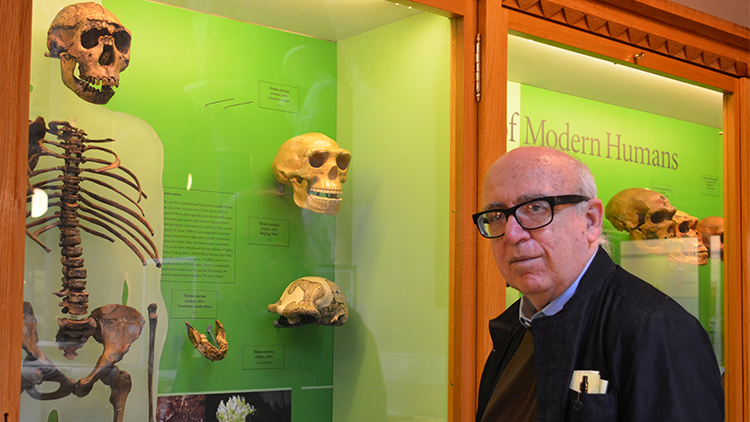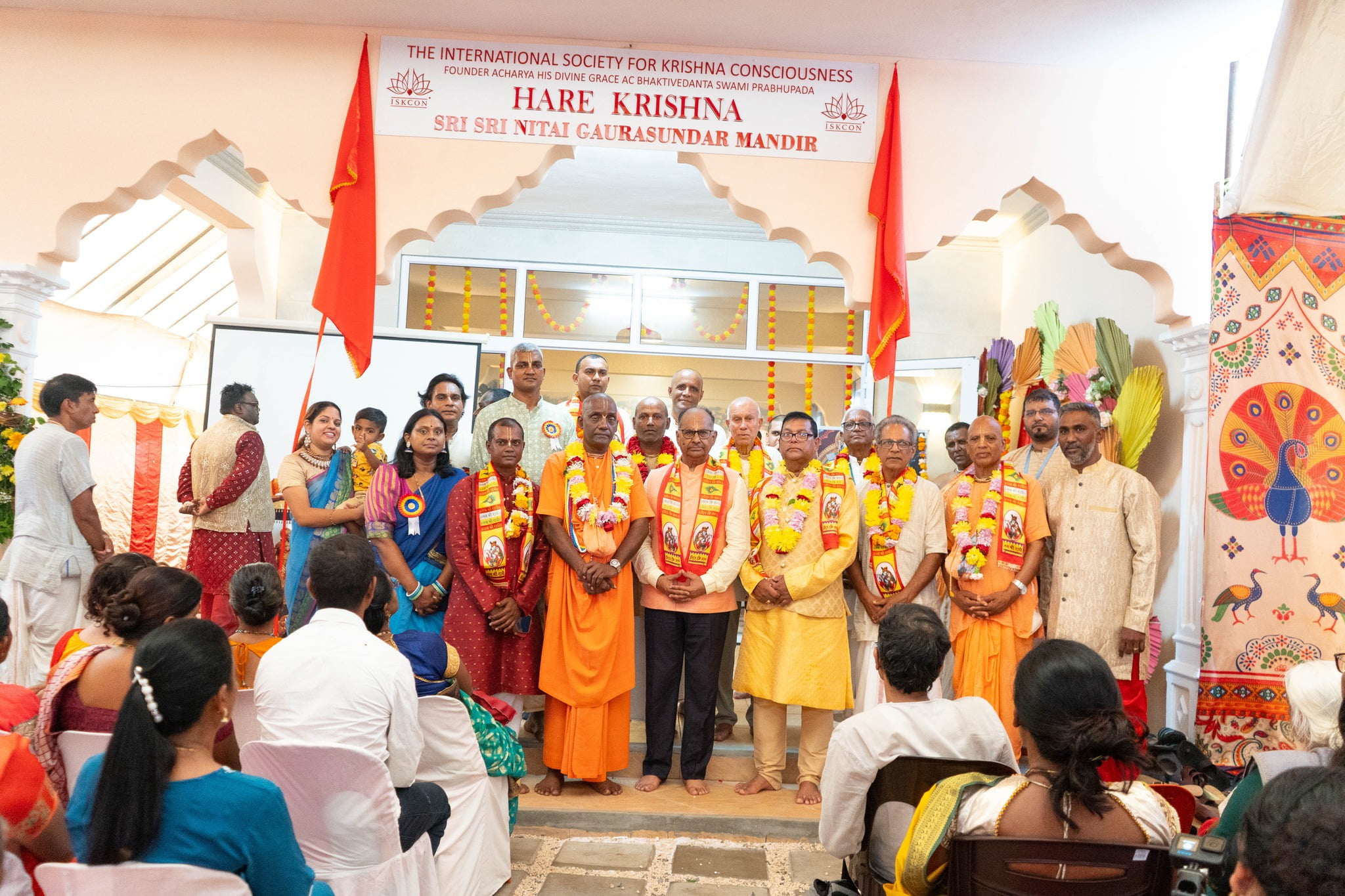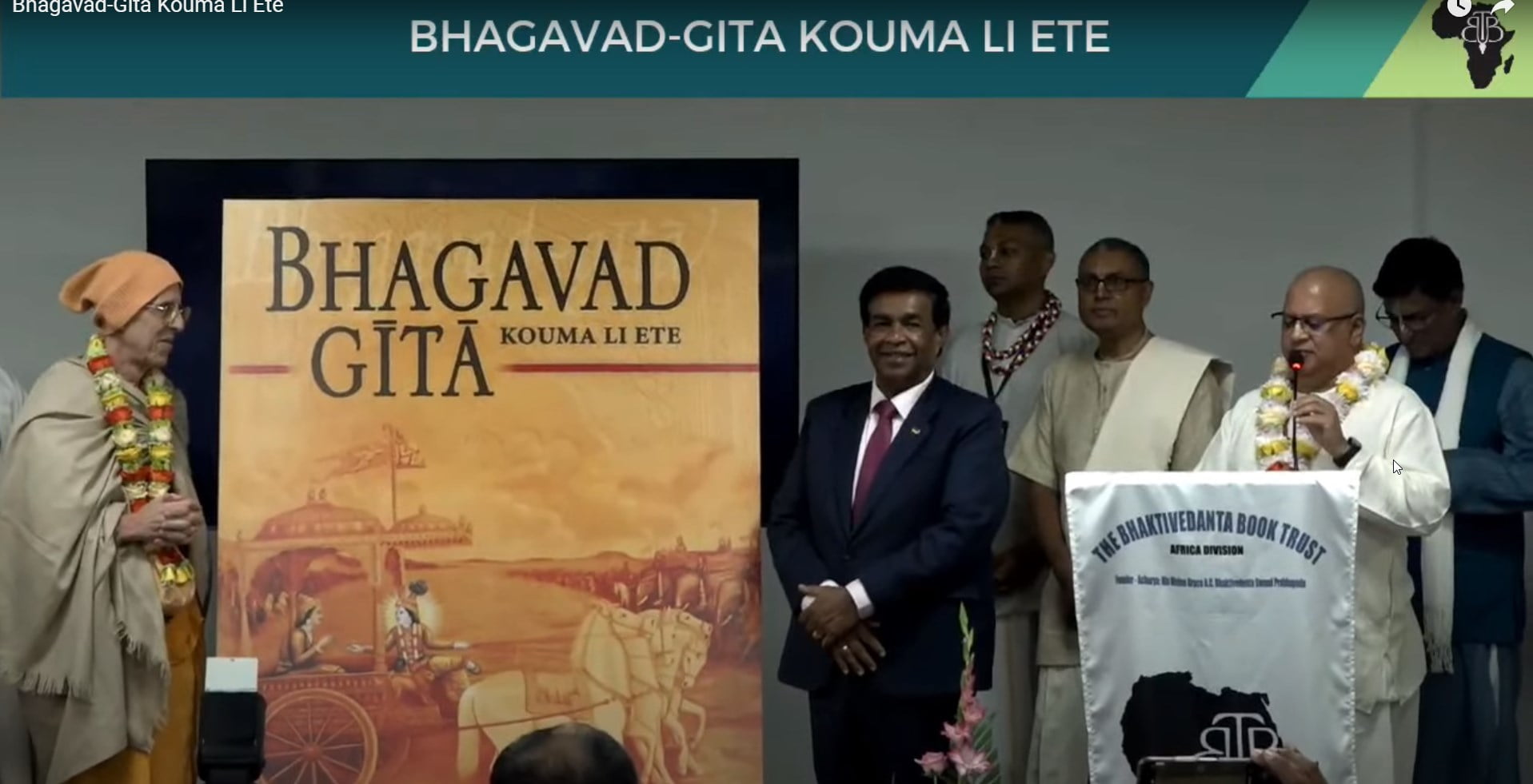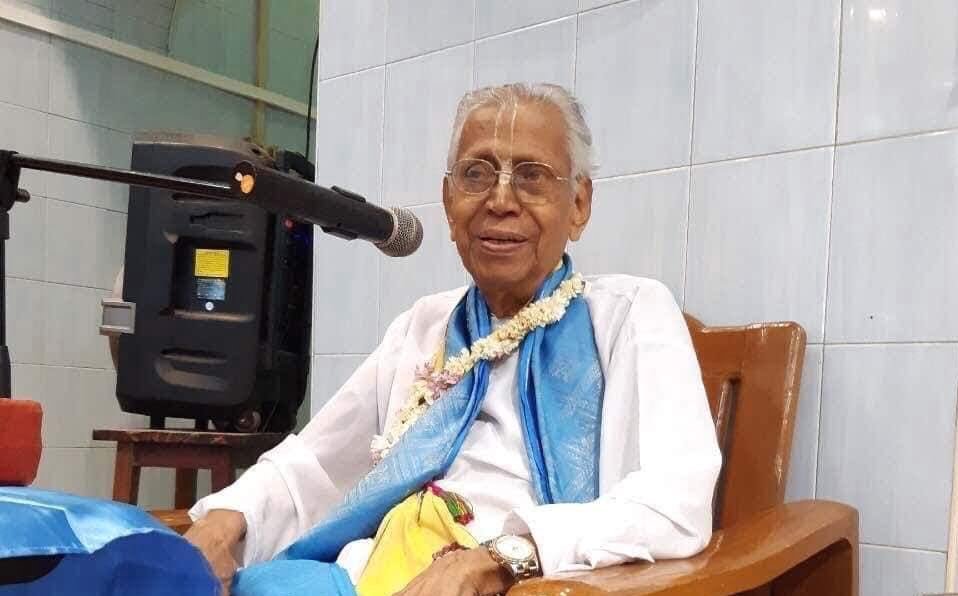Drutakarma Das Working on New Book About Extreme Human Antiquity
By Madhava Smullen | Nov 21, 2020

Drutakarma Das (Michael Cremo), co-author of Forbidden Archeology, is at work on a new book, tentatively titled “Extreme Human Antiquity.”
The book, Drutakarma says, “Is composed of new cases of archeological evidence that are consistent with Vedic and Puranic accounts of very ancient human presence on this planet.”
Expected some time in Spring or early Summer 2021, each chapter of “Extreme Human Antiquity” represents a different geological epoch, starting with the most recent and going back to more and more ancient times.
“Most scientists now think that humans like us first appeared about 300,000 years ago,” says Drutakarma Das, a research associate of the Bhaktivedanta Institute. “So I’m interested in discoveries that show human beings like us existed more than 300,000 years ago.”
In the book’s introductory chapter, Drutakarma explains what he means by the terms “anatomically modern Homo sapiens” and “extreme human antiquity.” In chapter two, he looks at archeological discoveries from the Pleistocene Epoch, typically defined as ending about 11,700 years ago and going back to about 2.6 million years ago. In chapter three, he looks at the Pliocene Epoch, spanning from around 2.6 million years ago to some 5.3 million years ago. The next chapter discusses discoveries from the Miocene Epoch, spanning from about 5.3 million years ago to 23 million years ago; and so on.
Each chapter is divided into sections on biological evidence, such as skeletal remains, teeth and footprints; and cultural evidence such as stone tools, weapons, carvings and figurines of the kind made by humans.
Drutakarma says that in the Miocene chapter, for example, cases in the biological evidence section include, “human footprints, about 5 million years old, found in Bolivia; a human-like tibia (shinbone) found in Greece, 12 million years old; a human skeleton, found in Slovakia, 13 million years old; a human tooth found in Kansas, 13.6 million years old; and a human skull found in Virginia city, Nevada, 14 million years old.”
The cultural evidence section, meanwhile, includes “a female stone figure from the Netherlands, 5 million years old; stone tools from Italy, 5 million years old; stone tools from Portugal, 7 million years old; cave paintings from Bulgaria, 7.5 million years old; carvings on stone from Australia, 10 million year old; an iron object found in Austria, 11 million years old; stone tools from the Czech Republic, 13 million years old; and stone tools from France, 20 million years old.”
These discoveries, Drutakarma Das explains, are dated “by the age of the geological formation in which they are found.”
The new book is part of Drutakarma’s mission, based on his guru Srila Prabhupada’s instructions, to demonstrate the Srimad-Bhagavatam and other Puranas’ conclusion that human history goes back many millions of years.
Because Drutakarma’s work challenges mainstream scientific theories, those in the field generally consider him a pseudoscientist or his work pseudoarchaeological, with one anthropologist dismissing it as “a veritable cornucopia of dreck” and “creationist drivel.”
Some, Drutakarma says, do appreciate certain aspects of his work – with one academic journal commenting in 1996, “It must be acknowledged that Forbidden Archeology brings to attention many interesting issues that have not received much consideration from historians; and the authors’ detailed examination of the early literature is certainly stimulating and raises questions of considerable interest, both historically and from the perspective of practitioners of sociology of scientific knowledge.”
Drutakarma reaches out to a variety of different audiences with his work. His 2012 book “My Science, My Religion” features a collection of twenty-four papers presented at academic conferences around the world, and he has continued to present at such conferences.
“In 2012, I spoke at the European Association of Archaeologists Meeting in Helsinki, Finland,” he says. “In 2013 and 2016, I presented papers at the World Archaeological Congress. And in 2019 I went to a meeting of the European Association of Archaeologists in Bern, Switzerland, where I explained my Vedic perspective on archeology at a session there in front of an audience that included the President of the European Association of Archaeologists, as well as the head of the World Archaeological Congress.”
According to Drutakarma Das, he has sold over 500,000 copies of his books in 26 languages. He also regularly does radio interviews such as Coast to Coast AM with George Noory (which has a cumulative weekly audience of around 2.75 million unique listeners), has appeared on TV shows like Ancient Aliens, and has done several lecture tours across India and other countries.
His ultimate goal, he says, is to create interest in Vedic literature such as the Srimad-Bhagavatam and Bhagavad-gita amongst his audience.
“My book Human Devolution goes beyond the stones and bones, to the idea that there’s more to life than chemicals, more to life than matter,” he explains. “There’s consciousness, which ultimately comes from the supreme conscious being, Krishna.
“I get emails from people who read my books,” Drutakarma continues. “One guy wrote to me and said, ‘I read your book Forbidden Archeology, I really like it. And now I’m looking at your book Human Devolution, and you talk about the Vedas. Where can I study them?’ I replied, ‘I’m a member of a society, the International Society for Krishna Consciousness. I suggest you go to the nearest ISKCON center, where they have lectures in the morning and evening about the Bhagavad-gita, Srimad-Bhagavatam and other Vedic literatures.’
“So he did. It turned out he was living in the Los Angeles area, and he visited the temple and started coming regularly, attending the programs, and chanting.
“So that’s the ultimate goal. That’s the hope.”












